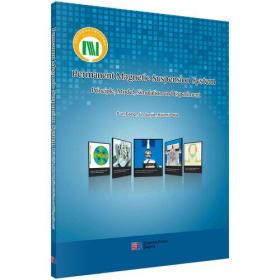
Permanent Magnetic Suspension System: Principle, Model,Simulation and Experiment
Permanent Magnetic Suspension System: Principle, Model,Simulation and Experiment c ax预售 介意者慎拍 拍下即表示认可 祝您购物愉快! 版次更新不同步 以实际收到书为准
¥ 98 全新
库存3件
北京通州
认证卖家担保交易快速发货售后保障
作者孙凤
出版社科学出版社
出版时间2019-06
版次31
装帧其他
上书时间2024-10-24
- 在售商品 暂无
- 平均发货时间 22小时
- 好评率 暂无
- 店主推荐
- 最新上架
商品详情
- 品相描述:全新
图书标准信息
- 作者 孙凤
- 出版社 科学出版社
- 出版时间 2019-06
- 版次 31
- ISBN 9787030575456
- 定价 98.00元
- 装帧 其他
- 开本 16开
- 页数 212页
- 【内容简介】
-
:
第一章介绍了磁悬浮的研究背景、国内外发展现状、分类及应用;第二章介绍了一种气隙控制式悬挂型永磁悬浮系统;第三章介绍了一种永磁铁运动控制式非接触悬浮球系统;第四章介绍了一种径向磁化旋转永磁铁驱动型非接触回转驱动系统;第五章分析了该非接触回转驱动系统的特性;第六章介绍了一种磁路控制式永磁悬浮系统;第七章提出了一种磁路控制式永磁悬浮系统的优化结构;第八章介绍了一种双铁球并联悬浮的磁路控制式永磁悬浮系统。
- 【目录】
-
Contents
Preface
Chapter 1 Introduction 1
1.1 Background of non-contact suspension systems 1
1.2 Classification of magnetic suspension systems 5
1.2.1 Classification by magnetic force 5
1.2.2 Classification of Lorentz force in magnetic suspension systems 6
1.2.3 Classification of reluctance force in magnetic suspension systems 7
1.3 Application of magnetic suspension systems 14
1.4 MATLAB 17
1.4.1 Systematic environment 19
1.4.2 MATLAB system constitution 20
1.4.3 Control System Toolbox 21
1.4.4 Simulink Control Design 22
1.4.5 ADC and DAC 22
1.5 dSPACE platform 25
1.5.1 Introduction to the dSPACE 1103 26
1.5.2 Introduction to the dSPACE 1104 28
1.5.3 Introduction to ControlDesk 28
1.5.4 Integrated development environment of dSPACE 28
Chapter 2 Hanging type of permanent magnetic suspension system 31
2.1 Introduction 31
2.2 Suspension principle 33
2.3 Experimental prototype 34
2.3.1 Experimental prototype setup 34
2.3.2 Examination of attractive force 35
2.4 Mathematical model and analysis of suspension feasibility 36
2.4.1 Mathematical model 36
2.4.2 Analysis of suspension feasibility 37
2.5 Realization of zero-power control 39
2.5.1 Realization in device 39
2.5.2 Realization in mathematical model 40
2.5.3 Realization in control system 40
2.6 Numerical simulation 42
2.6.1 Calculation of feedback gains 42
2.6.2 Numerical simulation analysis 43
2.7 Experimental results 48
Chapter 3 Non-contact suspension system with permanent magnet motion feedback 53
3.1 Introduction 53
3.2 Principle of magnetic suspension 55
3.3 Realization of zero-power control 56
3.3.1 Zero-power control in experimental prototype 56
3.3.2 Zero-power control in model 58
3.3.3 Zero-power control in controller 59
3.4 Feasibility analysis of suspension 60
3.5 Numerical simulation 62
3.5.1 Simulation conditions 62
3.5.2 Calculation of feedback gains 63
3.5.3 Simulation results 64
3.6 Experimental results 68
Chapter 4 Non-contact spinning mechanism by using rotary permanent magnets 72
4.1 Introduction 72
4.2 Non-contact spinning principle 73
4.3 Non-contact spinning system 74
4.3.1 Suspension part 75
4.3.2 Spinning part 76
4.3.3 Characteristic experiment 78
4.4 Mathematical model 80
4.4.1 Rotational torque modelling 80
4.4.2 Rotation equation of iron ball 83
4.5 Spinning examination by numerical simulation 83
4.5.1 Step response 83
4.5.2 Velocity in steady state 85
4.5.3 Relationship between input velocity and output velocity 87
4.6 Spinning examination by experiments 88
4.6.1 Step response 89
4.6.2 Velocity in steady state 91
4.6.3 Relationship between input velocity and output velocity 92
Chapter 5 Performance analysis of non-contact spinning mechanism 95
5.1 Introduction 95
5.2 Magnetic field examination by IEM analysis 96
5.2.1 Analysis by using one magnet only 96
5.2.2 Analysis by using two magnets (I and III) 99
5.2.3 Analysis by using four magnets 101
5.3 Simulation examination of rotational torque of iron ball 104
5.4 IEM analysis of rotational torque of iron ball 109
5.4.1 Modelling the remnant magnetization points 109
5.4.2 IEM analysis model and results 110
5.4.3 Rotational torque in stable rotational state 113
5.4.4 Horizontal force 113
5.5 Experimental measurement of rotational torque 114
5.5.1 Measurement device set up 114
5.5.2 Experimental results of rotational torque 115
Chapter 6 Permanent magnetic suspension system using variable flux-path control method 118
6.1 Introduction 118
6.2 Principle of variable flux-path control mechanism 119
6.3 Experimental prototype 120
6.4 IEM analysis of the suspension mechanism 122
6.4.1 Analysis of magnetic flux field 122
6.4.2 Analysis of magnetic flux density and attractive force 126
6.5 Basic characteristics examination by experimental measurement 128
6.5.1 Magnetic flux density of the permanent magnet 128
6.5.2 Magnetic flux density examination by experiment 129
6.5.3 Attractive force examination by experiment 130
6.5.4 Semi-zero suspension force examination by experiment 131
6.5.5 Experimental examination of rotational torque of magnet 133
6.6 Mathematical model and feasibility analysis 134
6.6.1 Modelling suspension force 134
6.6.2 Modelling rotational torque of permanent magnet 135
6.6.3 Motion equations of motor and suspended object 135
6.6.4 Suspension feasibility analysis 136
6.7 Examination of suspension performance 137
6.7.1 Control system 138
6.7.2 Calculation of feedback gains 138
6.7.3 Simulation results 139
6.7.4 Experimental suspension results 140
6.7.5 Examination of semi-zero power suspension characteristic 142
Chapter 7 Improvement for zero suspension force ch
点击展开
点击收起
— 没有更多了 —


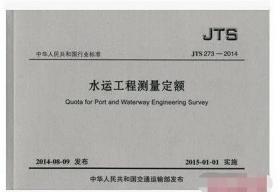
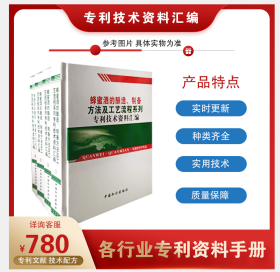


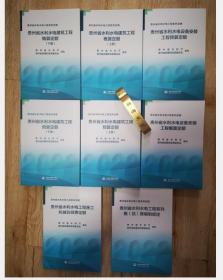
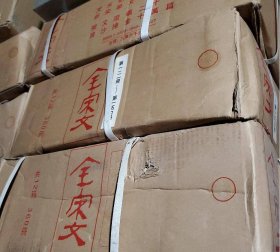
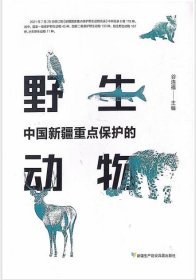
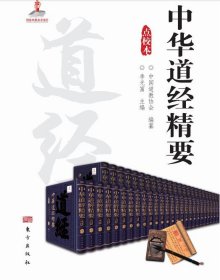
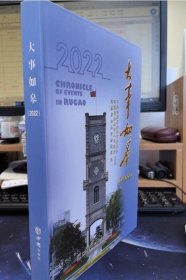






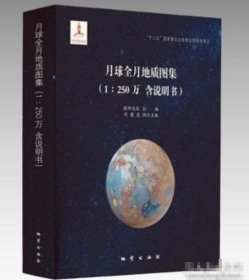



以下为对购买帮助不大的评价